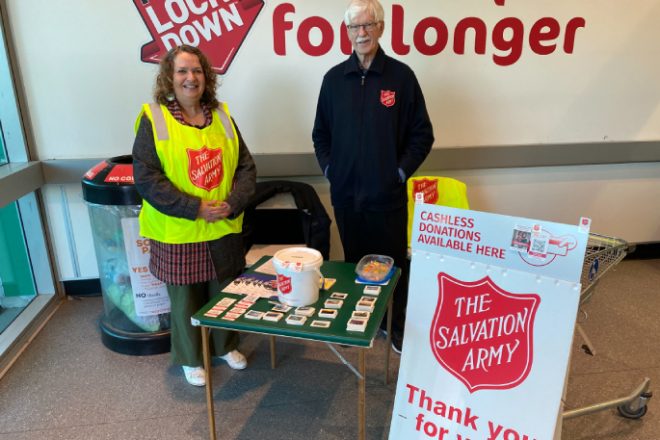The first possible case of bird flu spreading from animals to humans has raised concerns in New Zealand. Scientists are worried about the spread and evolution of the H5N1 avian flu, which has killed millions of poultry birds in the last four years and has been found in two dozen countries. The virus, which first jumped from wild birds to cattle in the US, is now believed to have spread from cattle to a dairy farm worker. This is the first suspected case of its kind.
While the World Health Organisation currently considers the risk to humans as low, its chief scientist has expressed concern that the virus could eventually evolve to spread between people. There is no evidence of this happening yet, but of the several hundred people known to have caught the virus from birds, over 50% have died.
In New Zealand, officials have been preparing a national contingency plan. Professor Michael Baker from Otago University said that influenza is the “number-one threat” for global pandemics. He said that the H5N1 strain has been around for a long time and has caused one of the largest animal disease events ever documented.
Baker is confident that New Zealand has learned a lot from the last few years about how to effectively tackle a human flu pandemic. He said that a vaccine could be developed relatively quickly; the US has already stockpiled 10 million doses of a vaccine targeting strains similar to that found in the farm worker.
However, Dr Richard Webby, a US-based infectious disease researcher, voiced concerns that the world could be caught off guard again. He said that there is not enough resources being put into preparing for pandemics, which is a global issue. He also noted that public health agencies around the world lack the ability to diagnose the virus everywhere.
For New Zealand’s dairy industry, the current risk is considered low. Dr Webby said that the US infections were the first seen in cattle over 25 years of tracking the virus.
























































